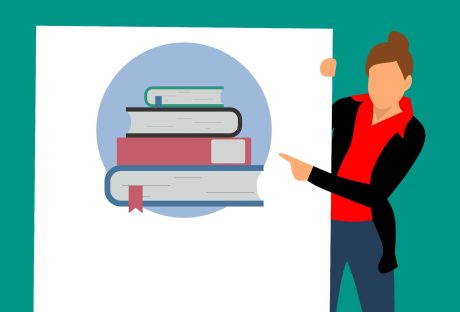Are you making educational resources and materials in the UK?
It is important to think about any ways that the information could be inaccessible to certain people who really need it. One barrier to access could be the language you offer the educational information in. For this reason, it’s a really sensible idea to offer various foreign language versions of the information that you create. Let’s take a closer look at why that is important, and how to get it right:
Why Is It Important To Use Foreign Language Versions Of Educational Materials?
Over 300 languages are spoken in different schools by pupils, of which 20% (in primary school alone) speak English as a language in addition to their native language.
Unfortunately, this diverse language use in the UK is not necessarily reflected in education. Children, teenagers, and adult learners may well struggle with barriers to information because their own language is not featured in the curriculum materials.
Whilst it is common knowledge that knowing multiple languages helps you to have a broad and diverse awareness of language in general, as well as the world itself, the fact is that learning in your native language is the most effective way to take on information, especially for young learners.
How To Provide Foreign Language Versions Of Educational Materials
To offer better learning facilities and education to all ages of pupils it is important that foreign language versions of the curriculum and its corresponding materials are offered. You can do this in many different ways including:
- Offering foreign language classes and courses taught by a translator
- Offering voiceovers in different languages and/or subtitles for e-learning courses
- Leaflets and books in different languages
- Live translation for classes
- Access to foreign language transcription of classes
Whichever resources make sense for your educational material, the most important thing is to ensure you utilize the services of a professional translation company to ensure what you produce is accurate. This could mean localizing some of the languages if the courses or materials are available to very specific communities or areas.
Which Languages Are The Best For UK Educational Materials?
If you have a very specific location for the educational materials are for, there will be certain languages that make sense. For example, the largest population of Polish people in London is in Ealing, and so if the information is mainly for that area, it makes sense to offer Polish (at least) as a different language version of the material.
As a general rule, though, for UK-wide educational materials, a focus on the most commonly spoken languages in the UK should be considered, which are the following (in no particular order):
- Spanish
- Polish
- Welsh/ Scottish/ Irish
- Punjabi
- Urdu
- Bengali
- Gujarati
- Arabic
- French
- Chinese (various versions)
- Portuguese
With some research, you can choose the right languages for your materials, which will make them so much more accessible to those who need them the most.
Speak To A Professional Translation Company About Their Services
If you want to make sure that your educational resources are accessible to those who need them, speak to a professional translation company like Matinee about your options.
Whether you require foreign language subtitling, voiceovers, translation, or more, you can get the very best results that are as accurate, concise, and informative as is and should be expected for educational materials.






















